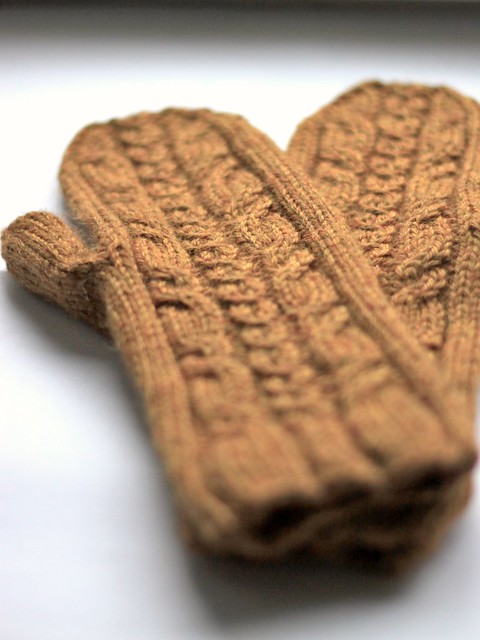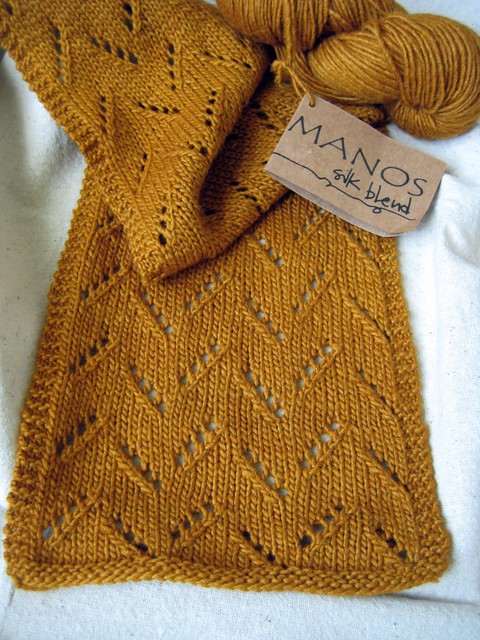Experiment time! I do so love using craft supplies for different projects. You can get really cool effects that way! But using products in ways they were not intended requires trial and error.
You may remember that a little while ago, I tried my hand at marble dyeing. While I love the results and plan to do more in the future, I have more marbling paint than I could ever need! I wanted to see if I could use the paint for any other craft, and after a little Internet searching, I hit upon the idea that perhaps they would work for silk painting.
For those who don't know, silk painting is a technique where some sort of resist is piped onto silk fabric to create a design, and then the fabric is painted with dyes. The resist prevents the dyes from spreading across the line, resulting in clean, white lines and blocks of color that look a bit like watercolors. I wanted to try my hand at the craft using materials I have in my house. Hence, the experiment! Here's how it went.
I took one square silk scarf and cut it in half. I didn't have anywhere big enough to stretch the entire square out, and I wanted to try a few different ways of fixing the paint, so two scarves it was! In marble dyeing, the fabric is pretreated with alum, so I did that for one scarf and left the other alone to treat after the paint was applied.
Next, I drew a design. Water lilies seemed like a traditional and beautiful choice, and it would give me a chance to play around with blending colors in the large water areas.
Then it was time to resist! Or... to add the resist. I didn't have any proper resist around, but I did have beeswax. Beeswax is often used for batik dyeing, so I predicted it might work for painting as well. I melted it with a candle flame and used an old paintbrush to apply it across light pencil lines I traced onto the fabric. This was probably the trickiest part! The beeswax dripped when liquid and solidified quickly, making it hard to get an even line.
Finally, the painting! The scarf is just stretched over a plastic storage container (which wasn't quite big enough, but I digress). I took the paints and applied them as I saw fit. Most of the colors bled readily, but the beeswax stopped it as long as the line wasn't broken. White was the only color that didn't bleed well, not did it blend with the other colors readily. But otherwise, the colors mixed to produce a lovely watercolor effect.
For the pre-treated scarf, all I had to do to finish was to remove the alum and wax. For the untreated scarf, I first treated it with the alum solution and let it dry for a day. Then I washed both scarves gently with water to remove the alum. The beeswax needed to be melted out, so I sandwiched the scarves between layers of paper towel and ironed them. This left an oily stain on the fabric, so it's not a method I would recommend. Fortunately, the already-mottled colors of the water hid the stain well!
And there we have it! Both of the scarves turned out pretty nicely for a first try, and neither bled when I tried to wash them. Hooray for colorfastness! It was a bit easier to apply the wax and paint to the untreated scarf; it seemed like the fabric absorbed the liquid better that way. And since both methods fixed the paint to the scarf well, I'd recommend whatever is easier to do!
On the downsides, these scarves are now rather stiff. I ended up using a lot of paint to cover the fabric, and it affected the feel. Paints, unlike dyes, have a matrix of non-pigmented molecules that hold the pigments, and too much of that structural material can stiffen fabric. I wouldn't want to wear either of these scarves on my skin (but they'll look nice as a wall hanging). In the future, I'll dilute the paints considerably and see if I can get vibrant colors without saturating the fabric quite so much.
And thus ends the experiment! I learned lots about how the marbling paints work, so I'd say it was a success. But there's still more to test, so perhaps you'll see more silk painting here in the future!














